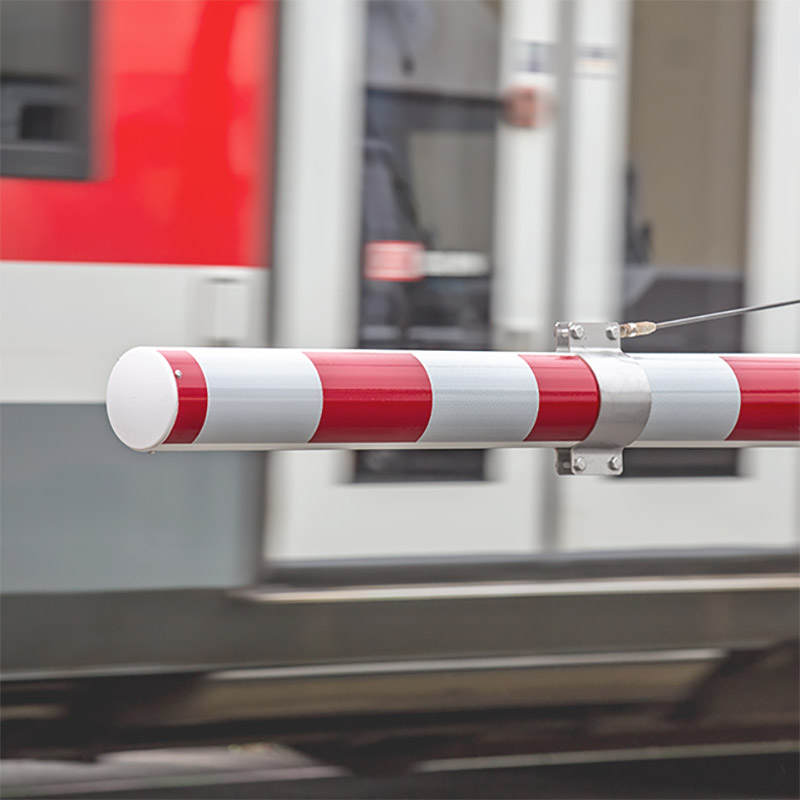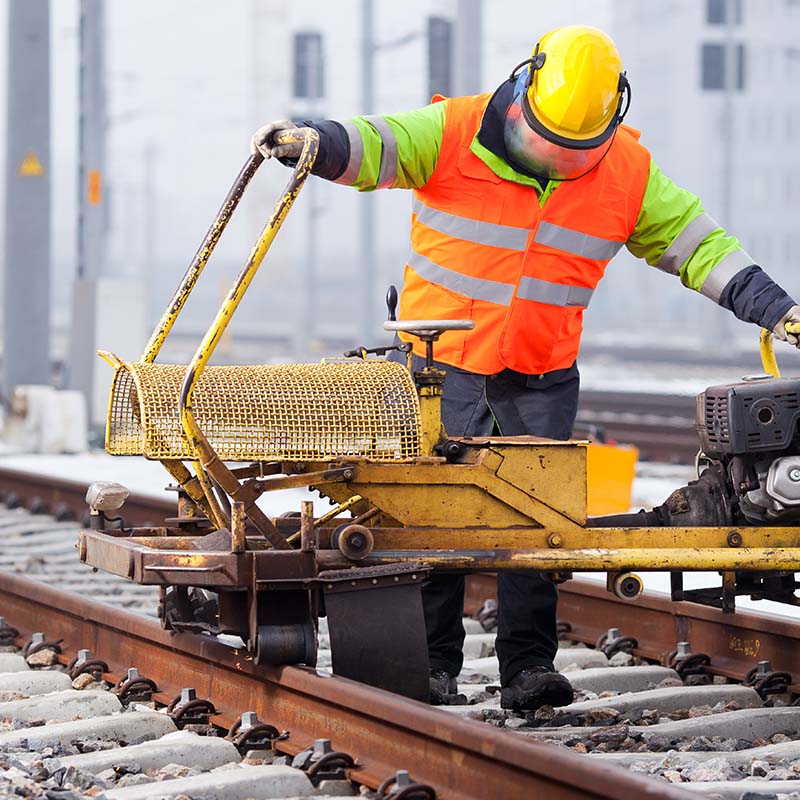paris
Copy of presentation delivered Wednesday 5 October 2016, Paris
Copy of presentation delivered Wednesday 5 October 2016, Paris
Copy of presentation delivered Wednesday 5 October 2016, Paris
Construction of the South Europe Atlantic high-speed line (HSL) will provide a continuous high-speed rail link between Paris and Bordeaux. With trains travelling at a cruising speed of 320 km/h, the two cities will be only two hours apart. Works started in 2012 and commercial service will start in 2017. The challenge: to build 340 km of new line (including 38 km of connecting lines) between Tours and Bordeaux in just five years, on an alignment that passes through 113 municipalities, six departments and three regions. This exemplary project will drive development and boost the attractiveness of France’s southwest regions.
Copy of presentation delivered Wednesday 5 October 2016, Paris
A major component of the risk management policy of RATP is to identify, control and monitor the evolution of events that may be signs of severe incidents or accidents in the transport networks. For nearly ten years, using a statistical analysis model, the studies of the danger precursors of the RATP transport networks contribute to the periodical control and monitoring of events related to the safety. These studies generate recommendations which are systematically analysed within the transport networks’ safety committees. The purpose of these studies is to define a predictive function in order to forecast the danger precursors’ evolutions.
Copy of presentation delivered Wednesday 5 October 2016, Paris
Copy of presentation delivered Wednesday 5 October 2016, Paris
Copy of presentation delivered Wednesday 5 October 2016, Paris
Changes in the capability and cost of technology are driving an explosion in the use of intelligent, connected systems. Today, more things are connected to the internet than people. Tech giants like Facebook, Google and Amazon have led the advance and seem to know what and where we will buy, eat and visit before we do. Railways worldwide are investing in this technology to improve customer satisfaction, performance, ticket sales and maintenance planning. What is the potential for this technology in predicting and preventing accidents? Can algorithms tame the chaos and manage the risk of accidents?
Copy of presentation delivered Wednesday 5 October 2016, Paris


